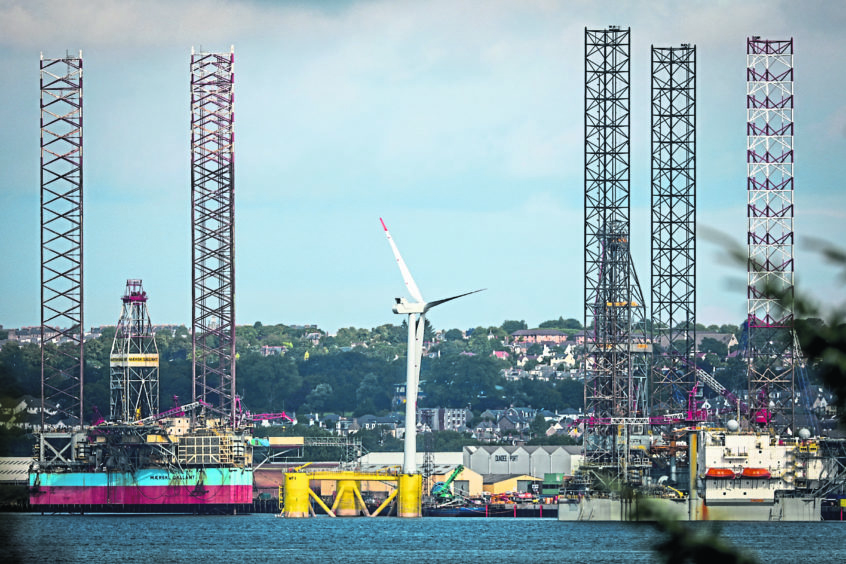
Government consultations are 10-a-penny but a current one on amendments to the Contracts for Difference scheme, which subsidises renewable energy developments, is a potential game-changer in key respects.
CfD is seen as a success story because it has driven down subsidy for offshore wind. The competitive element concentrated minds wonderfully and the going rate of CfD has plummeted in just a few years.
Some of this might have happened anyway and there are questions about whether all the projects awarded CfD will actually be built or if their promoters gambled on low bids without worrying too much about what happens next.
For the time being however, the UK Government is entitled to assert in the consultation document that CfD has “driven value for money at the same time as securing substantial amounts of new low carbon electricity” – that is the starting point for proposed amendments to the scheme.
Renewable technologies are divided into “pots” to compete for CfD. In previous rounds, offshore wind was pitted against wave and tidal, remote island wind (to which I will return), anaerobic conversion, biomass with CHP and geothermal – a real dog’s breakfast, linked only by the word “renewable”.
Unsurprisingly, offshore walked away with the big prizes due to huge cost reductions.
Now the proposal is to remove it from this pot so the others can compete on a more equal basis. This has particular implications for wave and tidal which still require substantial assistance if they are ever to become commercialised.
However, there is also a new kid on the block. Floating wind is a variation of offshore wind. It can be deployed in deeper waters than fixed structures. There are particular possibilities for Scottish waters and the south-west of England.
The consultation document invests a great deal of hope in floating wind and discusses how its development can be supported. For starters, it has been added to the same pot as wave, tidal and all the rest of them, which creates the risk of another unequal competition, by the time bids are due next year.
Offshore wind is expected to contribute 30GW by 2030 and “theoretically this could be met almost entirely with fixed bottom offshore wind”. However, problems are foreseen with overcrowding in shallow waters where these developments are concentrated. With 2050 net-zero targets in mind, government wants to hasten deployment of floating wind in its more diverse locations.
That is entirely reasonable. But it does raise the question of whether CfD is the appropriate mechanism to deliver the desired outcome. Why should floating wind, with all the priority it is being accorded, have to compete with anaerobic digestion or be pitted against wave and tidal? Or vice versa?
While these technologies will welcome the removal of offshore wind, they will still struggle to compete with floating wind, into which resources as well as hopes are piling.
This was signalled by the landmark decision of Total to invest in Simply Blue Energy which is developing a floating wind project off the Pembroke coast.
CfD has a critical role but it cannot be the whole answer for any of these emerging technologies. If government wants them to happen, it has to will the means rather than rely on a competition which is almost bound to produce unbalanced results.
“Remote island wind” demonstrates why CfD is useless as a one-club approach. Under the last round, projects in Lewis and Shetland qualified for CfD. But in neither case did they add up to the volume required to justify an interconnector. So CfD on its own has delivered nothing.
The same now applies to wave and tidal – as well as possibly floating wind itself. While the consultation document rightly looks at other means of supporting floating wind, these need to be outside and in addition to the CfD structure.
If the country needs floating wind as much as the document suggests – and I agree there are huge potential benefits from being a leader – there has to be a clear road to goal which does not depend on the lottery of CfD. Government must will the means.
The other key to floating wind is land-based infrastructure. These are massive structures and this is a huge opportunity for industrial regeneration but unless there is large-scale investment in appropriate sites the work will go to Spain, Portugal and Norway. We are facing a repeat of the debacle over offshore wind.
This is a challenge which the Scottish Government, this time round, should not escape from. They have already been spectators as the Hywind structures – the first floating wind in the UK – were towed in from Norway. That was in 2017. The warning signs could not be clearer. So what has been done?
As far as wave and tidal are concerned, this CfD round really could be the last chance saloon. If they are squeezed out again, how much longer before investors finally tire of them? You can only talk about “potential” for so long without actually delivering.
That is an unnecessary outcome and there are other options to complement CfD. For example, EMEC – the testing centre in Orkney – has advanced proposals for an Innovation Power Purchase Agreement which strikes me as a great idea because it bridges the crucial gap between technical feasibility and commercial application.
Under an IPPA, purchasers of electricity from emerging technologies would claim back from government the difference in cost compared to normal electricity prices. That would not break the bank but would allow that elusive commercialisation to move forward.
I suggest there should be lots of responses to the consultation and they should send variations of the same message – the proposed changes to CfD are fine but on their own they are far from guaranteed to deliver desired outcomes.
Brian Wilson is a former UK energy minister
Recommended for you
